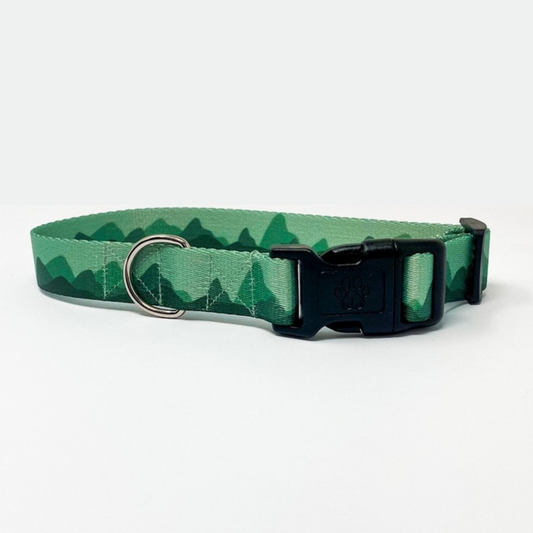Dog boots have become increasingly popular among pet owners in recent years. These protective footwear options for dogs offer a range of benefits, but they also come with some drawbacks. In this article, we will explore the pros and cons of using dog boots to help you make an informed decision for your best friend.
What are the advantages of using dog boots?
1. Protection: Dog boots provide protection for your dog's paws against extreme weather conditions such as hot pavement, cold snow, and sharp objects like rocks or glass. They can prevent burns, frostbite, cuts, and injuries.
2. Traction: Boots with non-slip soles can improve your dog's traction on slippery surfaces, reducing the risk of falls and injuries.
3. Hygiene: Dog boots can keep your dog's paws clean and dry, preventing them from tracking dirt, mud, or chemicals into your home.
4. Allergies: If your dog has allergies, boots can act as a barrier between their paws and allergens, reducing itching and discomfort.
5. Post-surgery support: Dog boots can be beneficial during post-surgery recovery, providing stability and protecting surgical incisions from licking or infection.
What are the disadvantages of using dog boots?
1. Discomfort: Some dogs may find wearing boots uncomfortable or restrictive, especially if they are not accustomed to them. It may take time and patience to get your dog used to wearing boots.
2. Sizing issues: Finding the right size of boots for your dog can be challenging. Ill-fitting boots may cause discomfort, blisters, or even fall off during walks or play.
3. Breathability: Dogs express excess heat through their paws, essentially "sweating" through their paws. By using boots you're trapping that heat in making it harder for them to cool down.
4. Maintenance: Dog boots require regular cleaning and maintenance to keep them in good condition. This can be time-consuming, especially if your dog frequently gets them dirty.
5. Limited use: Dog boots are not necessary for all dogs. If you live in an area with mild weather conditions and your dog doesn't have any specific paw-related issues, boots may not be essential.
Ultimately, the decision to use dog boots depends on your dog's individual needs and circumstances. Consulting with your veterinarian can help you determine if dog boots are a suitable option for your furry companion. Remember to introduce the boots gradually and monitor your dog's comfort level while wearing them. With proper care and consideration, dog boots can be a valuable tool in protecting your dog's paws and ensuring their overall well-being.





